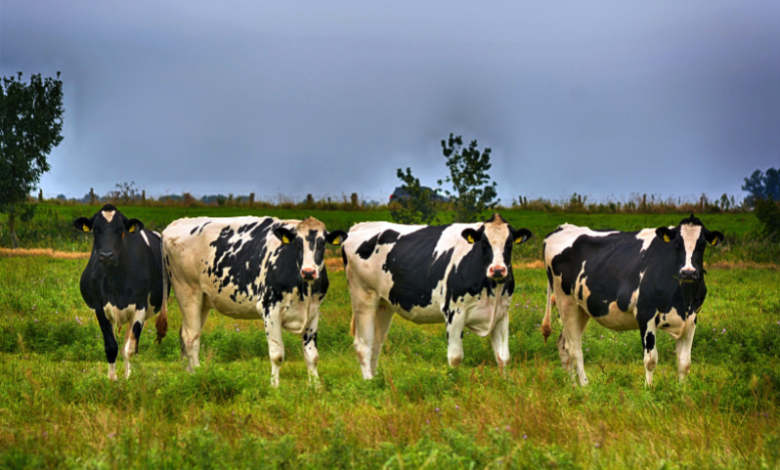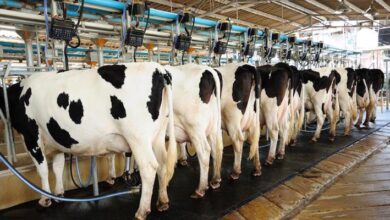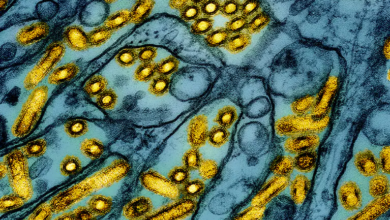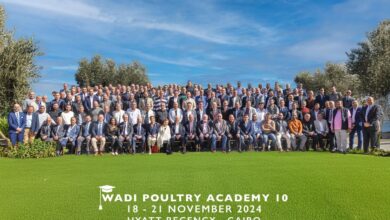
The production of feed for dairy cattle in the world decreased by 2.3 %
Dairy cattle feed production decreased by 2.3% to 126.2 million tons, mainly due to the high cost of feed combined with low milk prices, which forced farmers to make strategic adjustments, including reducing the number of cows and/or relying more on non-commercial feed sources, according to the study “Agri-food Forecast for The year 2024”, published on April 2 by Alltech.
The 13th annual survey includes data from 142 countries and more than 27,000 feed mills.
According to Alltech representatives, the decrease in feed demand is partly due to the more efficient use of feed, which has become possible thanks to intensive production systems, animal feed consumption control and other technologies that can reduce feed consumption by producing the same amount of protein or even more.
The slowdown in total livestock production caused by the reduction in margins faced by many feed and animal protein companies also contributed to a decrease in feed demand, Alltech reports. Changes in consumption patterns caused by inflation and dietary trends, rising production costs and geopolitical tensions also affected feed production in 2023, the report notes.
The top ten leading countries in feed production in 2023 included:
China (262.71 million tons, +0.76% compared to 2022)
USA (238.09 million tons, -1.13%)
Brazil (83.32 million tons, +1.84%)
India (52.83 million tons, +13.43%)
Mexico (40.42 million tons, +0.02%)
Russia (35.46 million tons, +3.83%)
Spain (27.53 million tons, -11.88%)
Vietnam (24.15 million tons, -9.63%)
Japan (23.94 million tons, -1.15%)
Turkey (23.37 million tons, -11.48%).
These countries produced 63.1% of global feed production (as in 2022), and almost half of global feed production is concentrated in four countries: China, the United States, Brazil and India, which, according to Alltech, saw the largest production growth among the top 10 countries.
The Asia-Pacific region became the region with the largest production growth last year: an increase of 6.54 million tons (1.4%) led to an increase in global production to 475.33 million tons. In Latin America, feed production increased by 2.45 million tons (1.2%) to 200.6 million in 2023, despite high production costs, geopolitical tensions and changing consumer behavior for economic reasons.
“The (Latin America) region continues to lead in global growth, mainly due to its export—oriented aquaculture, poultry and pork markets,” Alltech said in a statement.
In Africa and Oceania, there was also a slight increase in feed production last year — by 2% and 3.7%, respectively.
According to Alltech, feed production continues to decline in Europe. Last year, it decreased by 10 million tons (3.8%) compared to the previous year to 253.1 million tons due to the Russian-Ukrainian military conflict and the spread of animal diseases such as African swine fever and avian influenza. In North America, feed production decreased by 1.1% to 259.2 million tons, as beef production significantly decreased. In the Middle East, feed production decreased by 120,000 tons to 35.93 million tons.
The global production of feed for beef cattle decreased the most, which fell by 4.36% (by 5.35 million tons to 117.49 million tons).
“Changes in livestock rearing cycles in the United States and the tightening of sustainable development policies in Europe have had a significant impact, and in 2023, the Asia-Pacific beef production sector will noticeably surpass the European one,” Alltech said in a statement.
Source: https://dairynews.today/














